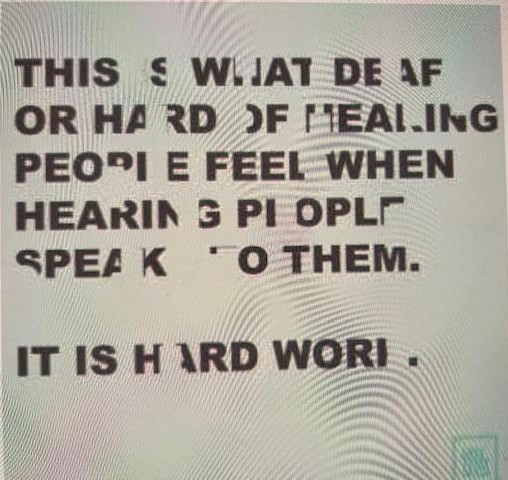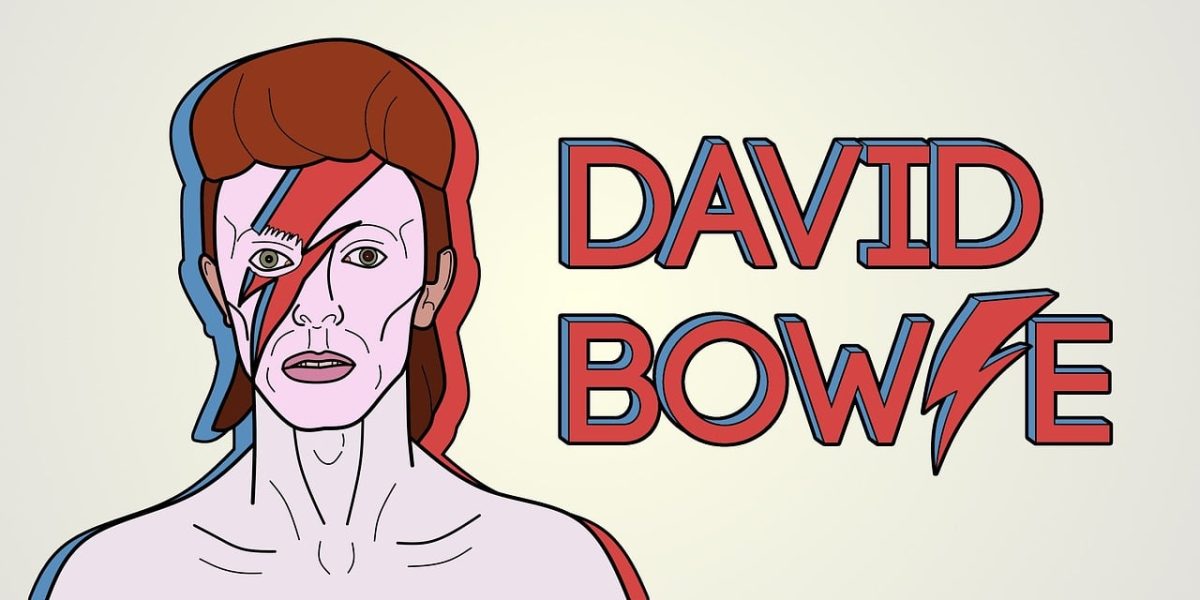Spider-Man: Across the Spider-Verse swings onto the screen with an electrifying blend of animation styles and a web of storytelling that transcends dimensions. This stunning sequel continues to weave a mesmerizing narrative that captivates both die-hard Spider-Man fans and newcomers alike.
The film takes off from where its predecessor left, with Miles Morales (Shameik Moore) embracing his role as Spider-Man. However, when he crosses paths with Gwen Stacy (Hailee Steinfeld) from another dimension, their worlds collide once again, unraveling a plot that threatens not just one universe, but all of them.
The animation in Across the Spider-Verse remains a visual marvel, seamlessly mixing various art styles that mirror the unique worlds each character hails from. From the vibrant and bustling streets of Miles’ New York to the neon-soaked landscapes of Gwen’s dimension, every frame is a breathtaking work of art. The action sequences are choreographed with precision and creativity, making the most of the character’s abilities and the interdimensional setting.
The heart of the film lies in its characters, who are as relatable as they are extraordinary. Miles continues to evolve as a hero, grappling with self-doubt and the weight of responsibility. The film also introduces new faces, including the enigmatic “2099” Spider-Man (Oscar Isaac), who brings his own layer of intrigue to the narrative.
The plot deftly navigates between different dimensions, offering a mix of nostalgia and freshness. It manages to explore complex themes of identity, destiny, and the consequences of one’s actions without sacrificing the entertainment factor. As the heroes traverse various universes, they encounter familiar foes and unexpected allies, leading to electrifying confrontations and heartfelt moments.
One of the film’s highlights is its impeccable soundtrack. Students around the school say the soundtrack enhances emotional beats and adds another level of immersion to the experience, perfectly balancing the excitement of the graphics. The music becomes an essential component of the tale, from the pounding pulses of action situations to the emotional melodies underpinning character growth.
While Across the Spider-Verse is a visual and auditory spectacle, it does occasionally struggle with pacing, especially in the second act. Some scenes feel rushed, which hampers the buildup of tension in certain crucial moments. Additionally, while the multitude of characters enriches the narrative, it leaves limited room for individual character arcs to fully develop.
In conclusion, Spider-Man: Across the Spider-Verse is a triumphant continuation of the animated Spider-Man saga. It combines awe-inspiring animation, compelling characters, and an intricate multiverse storyline to deliver a cinematic experience that pays homage to the web-slinger’s legacy while forging its own path. As the Spider-Verse continues to expand, audiences are left eagerly anticipating the next installment in this captivating and beautifully spun tapestry of heroism and adventure.












